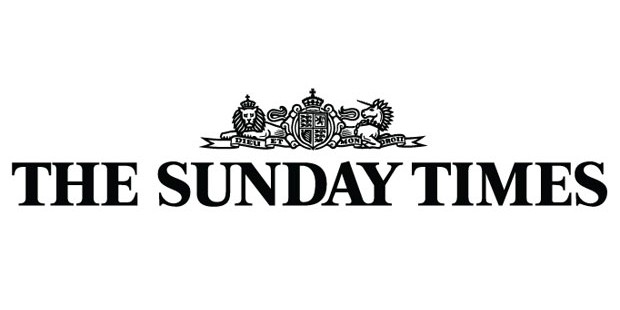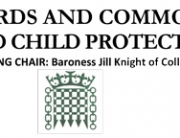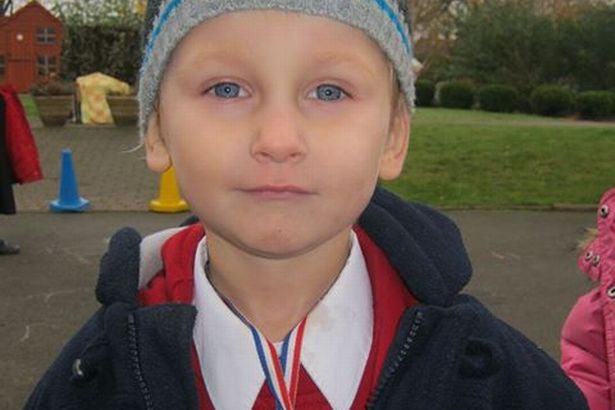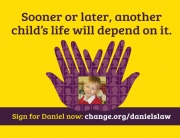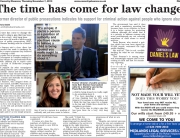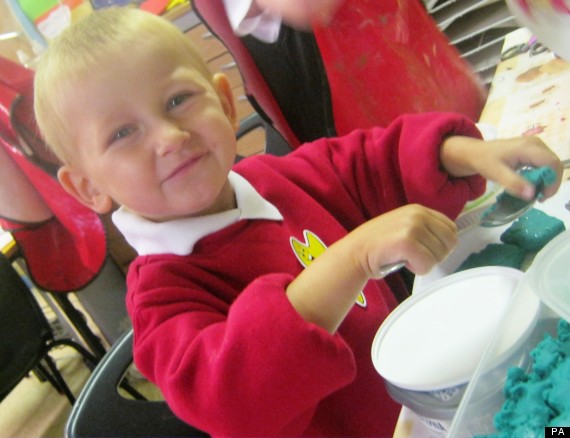Deeply disturbing article on inadequate safeguarding systems in Coventry schools. Note Little Heath scored just 2 out of 10 against the most basic safeguarding criteria (as outlined by current DfE guidance) 18 months after staff failed to report his suffering and Daniel died at the hands of his mother and step-father after months of visible abuse. Darren Clews, Little Heath’s headteacher and the school’s designated lead for child protection when Daniel died, reported no child-protection concerns to social services, despite significant injuries observed on his pupil, including suspected strangulation bruising on Daniel’s neck; Clews went on to take up a new position at another Coventry School which scores similarly.
Of course, there is no reason to imagine that schools in other parts of the country would perform any better – Jonathan West’s research clearly illustrates that the safeguarding guidance which government claims to be ‘crystal clear’ is not being effectively implemented; staff need the support and requirement of mandatory reporting law to underpin a robust protection framework, as do the children in their care.
————–
An independent investigation into the child-protection policies of schools in Coventry – the city where four-year-old Daniel Pelka died at the hands of his mother and her partner following months of neglect and abuse – shows that most are inadequate to the task of keeping pupils safe, The Sunday Times can reveal.
In the wake of the serious case review into Daniel’s death, which branded safeguarding at his school, Little Heath Primary, as “dysfunctional”, the leading child-protection campaigner Jonathan West – whose research uncovered the 60-year abuse scandal at St Benedict’s school, Ealing, west London – analysed the child-protection and safeguarding policies of 114 of Coventry’s 118 primary and secondary schools. The remaining four were not made available despite Freedom of Information requests.
Scoring the policies against 10 criteria drawn from statutory safeguarding guidance issued by the Department for Education, only two – St Thomas More Catholic Primary and Stivichall Primary – scored on every point. All schools must have a child-protection policy. West says the 10 criteria against which the policies were assessed form the bare minimum needed to keep children safe.
The most important categories, he suggests, are points five, six and seven. These instruct all staff to inform the designated teacher for child protection immediately of all suspicions or incidents of abuse; require that teacher to promptly inform the local authority-designated officer for child protection – or children’s services – of all such reports; and state that all conversations informing outside authorities are backed with written confirmation. Only 27% of Coventry’s schools scored on all three.
Despite the devastating criticism of its safeguarding practice by the serious case review, Little Heath Primary scored just two out of 10 when West embarked on his analysis last September – a full 18 months after Daniel died. A further 16 schools in Coventry scored two or less. Little Heath’s policy was revised in October: it now scores three. Darren Clews, Little Heath’s headteacher and the school’s designated lead for child protection when Daniel died, reported no child-protection concerns to social services, despite significant injuries observed on his pupil, including suspected strangulation bruising on the child’s neck, which was seen by his teacher.
“There is confusion about what the head knew, but there is no doubt that the school’s child-protection processes were a shambles,” says West. “The serious case review showed that poor – or no – written records were kept by school staff of injuries seen on Daniel. This is elementary safeguarding good practice.”
Dissatisfied with the serious case review’s failure to analyse the reasons why professionals, including the teachers who saw him every day, did not grasp the level of risk he was exposed to, the children’s minister Ed Timpson took the unusual step of demanding a further investigation by Coventry’s Local Safeguarding Children’s Board (LSCB), asking it in an open letter last September to “set out the further steps it intends to take to understand why these failures occurred”.
When asked, the LSCB chairwoman, Amy Weir, refused to release her reply to the minister specifying which matters the board was investigating. Her report is expected imminently. West began requesting child-protection policies from Coventry’s schools on September 21. In October, the LSCB, with support from Coventry council, began a detailed city-wide audit of safeguarding and child-protection arrangements in all educational settings. The Sunday Times has been told that West’s inquiries did not prompt this action.
While he is “not questioning that [West’s] criteria would be things you would look for in a child-protection policy”, Coventry council’s director of education, David Haley, contests the validity of his data, and says 60% of schools “appear to have been scored incorrectly”.’ West, however, is adamant that to qualify under each category, the wording of a policy cannot allow for any wriggle room. “I suspect that this is the key issue between my scoring and [Coventry’s],” he says. “They assume that ambiguous wording will be applied in a way that favours reporting of abuse, and are scoring accordingly. I do not.”
And there may be a problem in the methodology being used in the LSCB audit of Coventry schools’ safeguarding performance. Instead of an independent reviewer assessing each school’s written policy and claimed practice against statutory guidance, schools themselves are being asked to fill out a questionnaire. The answers given will necessarily depend on the senior leadership team’s own judgment of how well things are done.
This, says Liz Davies, reader in child-protection at London Metropolitan University, is just not good enough. “A questionnaire may be useful but it is not sufficient,” she says. “It is essential to independently gather and analyse information about individual and group interpretation of safeguarding procedures, for example through one-to-one interviews and focus groups.”
For worried parents looking to Ofsted, the schools regulator, for reassurance about safeguarding standards, there may be scant comfort in inspection reports. Ofsted’s inspection of Little Heath Primary after Daniel’s death found no fault with the school’s safeguarding arrangements, stating that they “meet requirements”. The previous Ofsted report went further, saying that “procedures for safeguarding pupils were robust; staff and the designated governor were well-informed about child protection”. Twelve months later, a starved, neglected boy with multiple injuries that had been observed but not recorded or reported by several members of school staff was dead.
This is not the first time that Ofsted’s assessment of school safeguarding has proved inaccurate when set against children’s experience of abuse. None of its inspections of Stanbridge Earls School in Hampshire; Bishop Bell School in Eastbourne; and Hillside First School in Weston-super-Mare – all of which have been hit by child sexual abuse scandals in the past two years – picked up any problems with safeguarding, rating the schools’ effectiveness as either excellent or good.
Ofsted has recently committed to overhauling its safeguarding inspections, but given inspectors’ widespread failures to grasp serious problems with child-protection policy, procedure and practice before children were hurt, it may be some time before parents feel confident in the regulator’s judgments. And if the Coventry LSCB’s forthcoming report on safeguarding in educational settings is based on headteachers’ own assessments of how well they are doing, can Daniel’s fellow pupils truly be regarded as safe in school, the only place where they are seen by professionals day in and day out?

